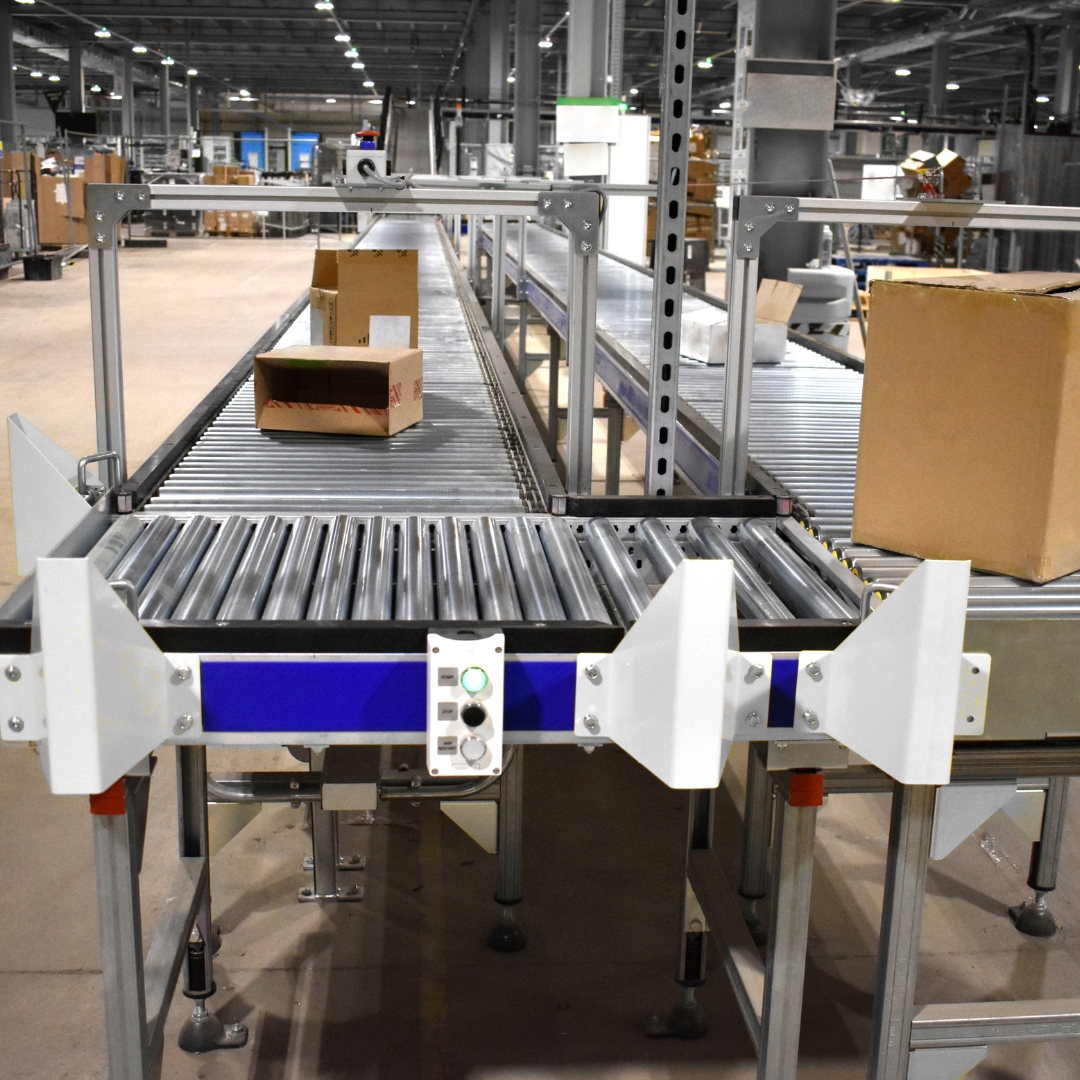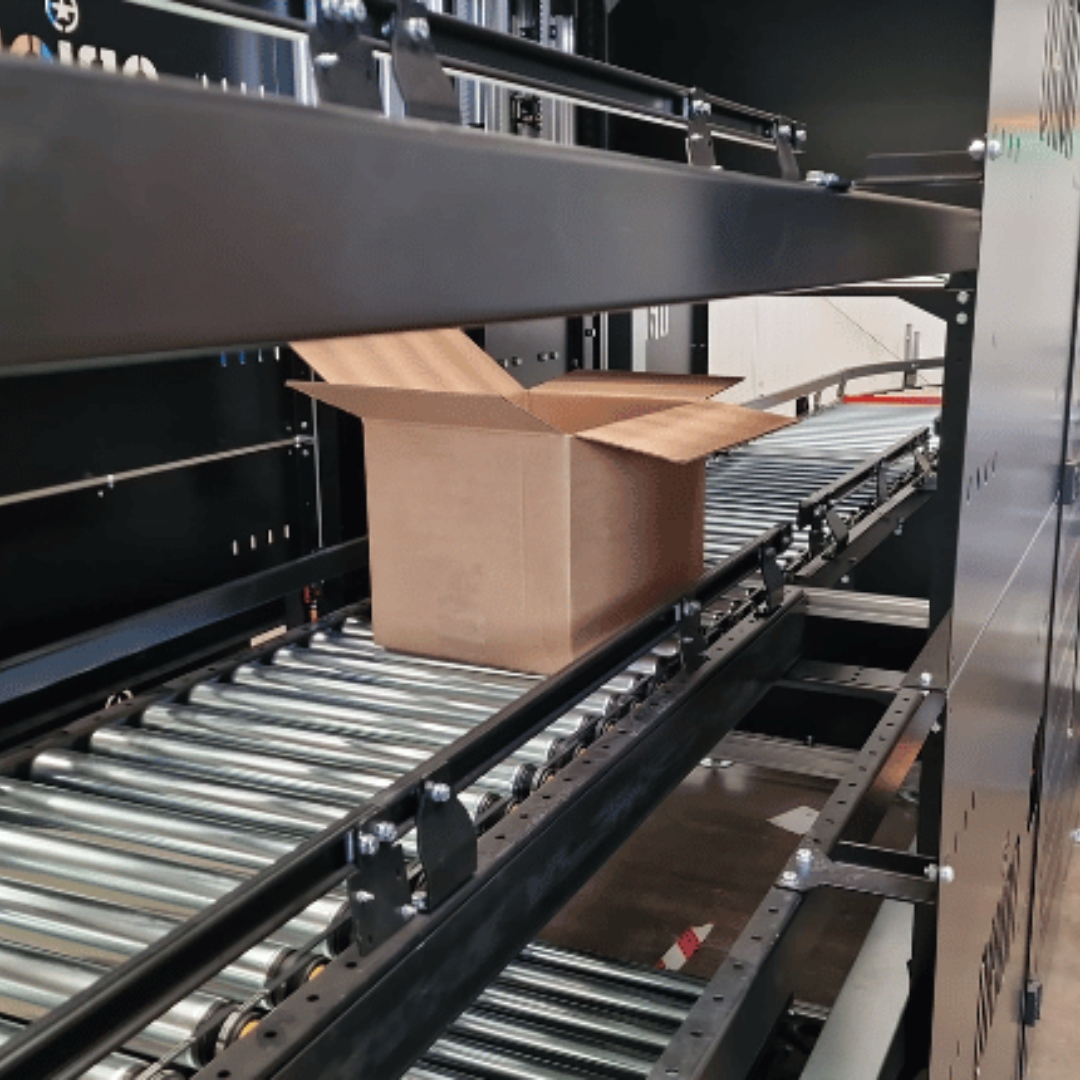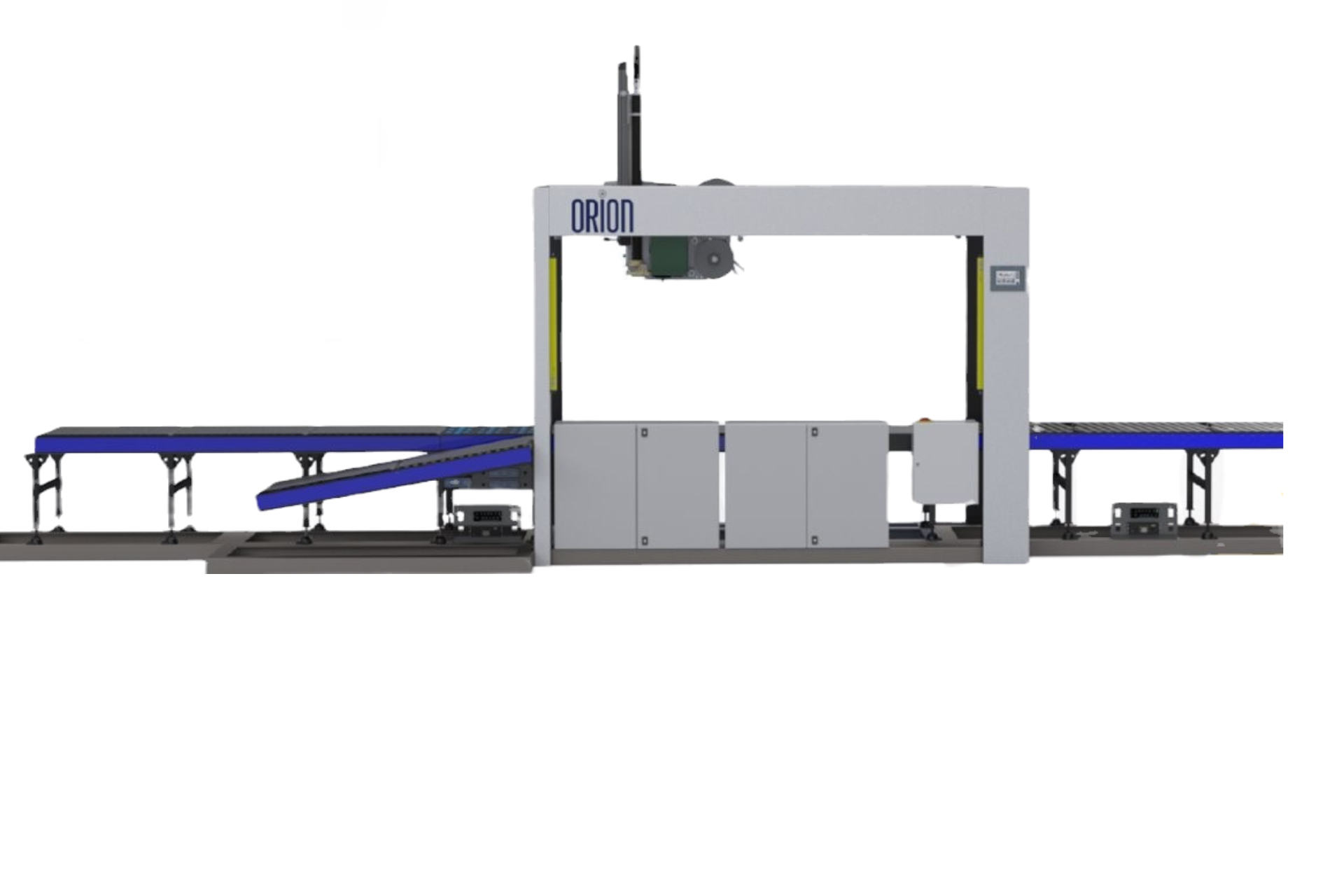In the fast-paced world of industrial operations, efficient material handling is crucial to maintaining productivity and reducing operational costs. Among the various equipment options available, belt conveyors stand out as a versatile and reliable choice for many industries. In this blog, we’ll explore the top five benefits of using belt conveyors in industrial settings.
1. Efficiency in Material Handling
Belt conveyors are designed to move materials quickly and efficiently from one point to another. This capability is especially valuable in industries that require the continuous movement of bulk materials. Unlike manual labor or other handling methods, belt conveyors ensure a consistent flow of materials, minimizing delays and increasing overall productivity. Their ability to operate at various speeds and inclines makes them adaptable to different processes, ensuring that materials are delivered exactly where they’re needed, when they’re needed.
2. Cost-Effectiveness
Investing in belt conveyors can lead to significant cost savings over time. By automating the material handling process, companies can reduce labor costs, as fewer workers are needed to move materials manually. Additionally, the consistent and controlled movement of materials reduces the risk of damage, leading to lower costs associated with material loss or equipment wear and tear. Belt conveyors also have a long lifespan, requiring minimal maintenance when properly installed and maintained, further enhancing their cost-effectiveness.
3. Versatility
One of the most notable benefits of belt conveyors is their versatility. They can be customized to suit a wide range of applications, from transporting light materials like grains to handling heavy loads such as mining ores. Belt conveyors can also be configured to operate in various environments, including extreme temperatures, high humidity, or corrosive conditions. This adaptability makes them suitable for use in diverse industries such as agriculture, mining, manufacturing, and food processing.
4. Durability and Reliability
Belt conveyors are built to withstand harsh industrial conditions. They are constructed using high-quality materials that resist wear, corrosion, and abrasion, ensuring a long operational life even in demanding environments. The reliability of belt conveyors minimizes downtime, as they are less prone to breakdowns compared to other material handling systems. This durability ensures that operations can continue smoothly without frequent interruptions for repairs or maintenance.
5. Enhanced Safety
Safety is a top priority in any industrial setting, and belt conveyors contribute to a safer working environment. By automating the movement of materials, they reduce the need for manual lifting, which can lead to injuries such as strains or sprains. Belt conveyors can also be equipped with safety features such as emergency stop buttons, guards, and sensors to detect obstructions, further reducing the risk of accidents. The smooth and controlled movement of materials also prevents spills and accidents that could occur with less stable handling methods.
Conclusion
Belt conveyors offer numerous benefits for material handling in industrial settings, making them an invaluable asset for businesses looking to improve efficiency, reduce costs, and enhance safety. Their versatility, durability, and reliability make them suitable for a wide range of applications, ensuring that they can meet the unique needs of various industries. By investing in belt conveyors, companies can streamline their operations and maintain a competitive edge in the market






